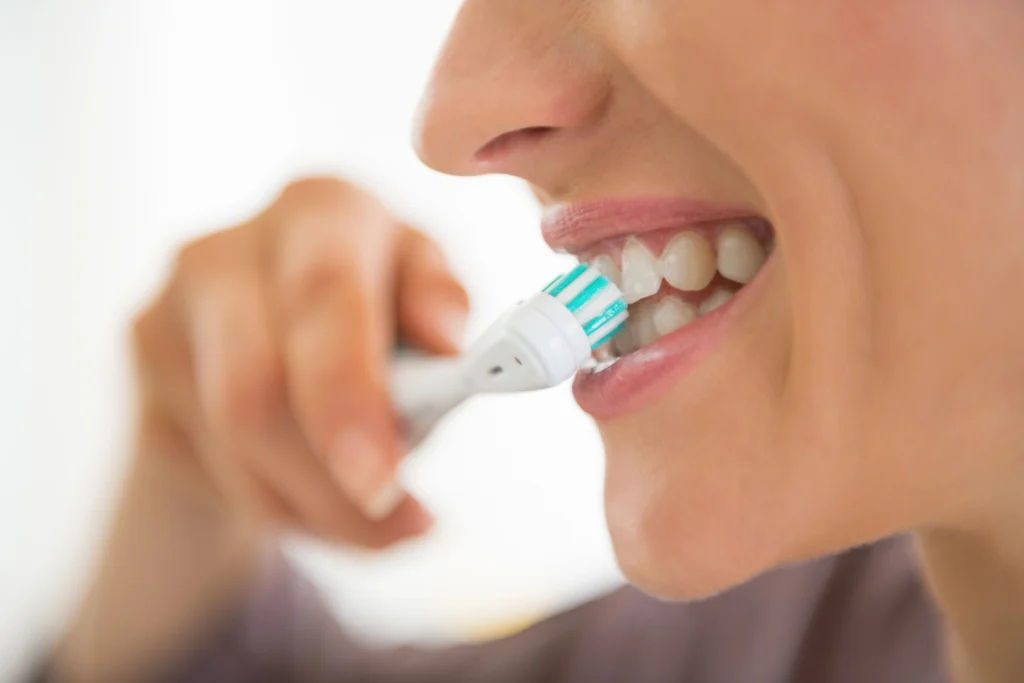
Scheduling a root canal as soon as it is recommended is the best way to protect your smile from further damage and decay. However, you may have a hard time picking up the phone to schedule this procedure due to increased dental anxiety. It isn’t uncommon to experience heightened anxiety before a significant dental procedure.
While this anxiety isn’t uncommon, letting it get in the way of essential endodontic care can lead to significant risks. Thankfully, there are a few easy ways to begin overcoming your dental anxiety before a root canal. In this blog, we’ll explore a few great options to help you feel stress-free before your upcoming root canal.
What is Dental Anxiety?
Dental anxiety, also commonly referred to as dentophobia, is a condition in which patients experience increased levels of anxiety when they plan to or think about going to the dentist. This anxiety also often translates to increased stress while in the chair at your dental team’s office. This anxiety frequently leads to patients putting off essential dental care.
Approximately 36% of U.S. dental patients experience dental anxiety, with 12% of these individuals experiencing severe anxiety. There are a few common causes of dental anxiety, including family history, past negative experience with a dentist, and feelings of embarrassment or helplessness.

The Risks of Putting Off a Root Canal
If your dental anxiety is significant enough to prevent you from seeking endodontic care, you put your smile at substantial risk. Some of the most common dangers of putting off an essential root canal include:
- Increased Discomfort: As your oral infection goes untreated, it isn’t uncommon to experience increased discomfort. As the pain becomes more substantial, it may become more difficult to eat, drink, and perform essential everyday activities.
- Abscessed Tooth: When the infection in your tooth is left to its own devices, it can quickly spiral from an infection of your dental pulp and move into your gum tissue, leading to an abscess formation in the surrounding tissue.
- Tooth Loss: If you don’t schedule a root canal when suggested by your endodontic team, there may be very little or nothing they can do to the tooth, in which case, your only option may be an extraction.
- Sepsis: In the most extreme cases, the infection can spread from your tooth into the surrounding tissue and then into your bloodstream, leading to a highly life-threatening condition known as sepsis.
While your anxiety may leave you too nervous to schedule your root canal, time is of the essence. Choosing to put this essential procedure off puts you at risk of major infection and complications.
Tips for Overcoming Your Dental Anxiety
If you need to schedule a root canal but are experiencing heightened anxiety before the appointment, there are a few easy ways to begin reducing your stress levels. Some great ways to overcome your dental anxiety include:
Choose a Trustworthy Dentist
One of the best ways to begin treating your dental anxiety is by ensuring you’re working with the best endodontic team in your area. Before scheduling, read reviews and look at testimonials. If the endodontic team is receiving overwhelmingly positive feedback from other patients, you can trust that they’ll also take good care of you during your appointment.

Bring a Friend or Family Member
Sometimes you need the support of family and friends during especially stressful experiences, and root canals are no different. Consider asking a trusted loved one to accompany you to your appointment. Even if they can’t be in the room during the procedure, knowing they’re nearby can do a great deal to quell your anxiety.
Carry a Comfort Item
Before you leave the house for your root canal appointment, consider bringing a comfort item with you. Many dental patients find it beneficial to bring a blanket, a stuffed animal, or headphones to listen to their favorite music or a podcast. Having something to hold or distract from the experience can make it a much smoother experience.
Talk to Your Dentist About Sedation Options
While this isn’t an option for everyone, consider discussing with your endodontist whether they offer sedatives for the procedure. Although this isn’t the right option for every dental patient, it is certainly a great option for individuals who are experiencing increased anxiety levels and who may struggle to get through the procedure without it.
Practice Breathing Exercises and Meditation
Breathing exercises and meditation are great ways to manage anxiety before and during your upcoming root canal. Before your appointment, consider finding videos or guided breathing exercises to practice relaxation. With plenty of practice, you can use these techniques to address your heightened anxiety and provide essential relief.
Discuss Pre-Appointment Anxiety Medication Options
If you are comfortable using anxiety medications, you can talk to your endodontic team about prescribing some prior to your appointment. While this is often reserved for the most severe cases of dental anxiety, it is a great way to ensure you are feeling your best before and during your appointment.

Turn to David G. Johnson, DDS, for Expert Support
When you’re dealing with a severe oral infection, you want to ensure you’re working with the best endodontist in your area. Choosing an inexperienced professional may lead to increased anxiety before an upcoming root canal. If you’re looking for an expert endodontist in the Northern Utah area, turn to our team at David G. Johnson, DDS.
Since 1990, we’ve provided compassionate endodontic care to patients across the Wasatch Front. We know how debilitating dental anxiety can be, and we work hard to ensure this is a smooth, stress-free experience. When you schedule a root canal with our team, you don’t need to worry about anything because you’re in good hands.
If you would like to schedule a root canal with our team, don’t hesitate to contact our office in Centerville or Layton today.









